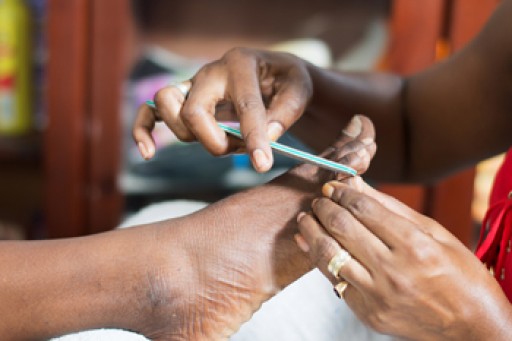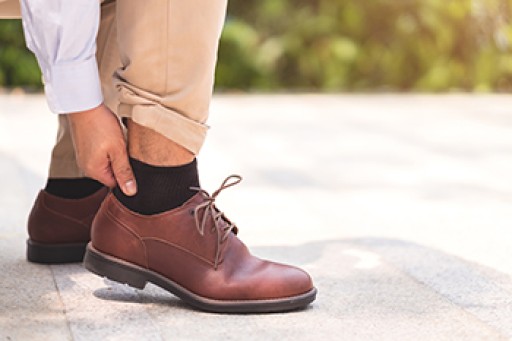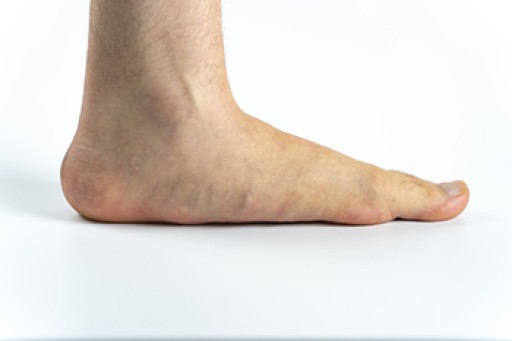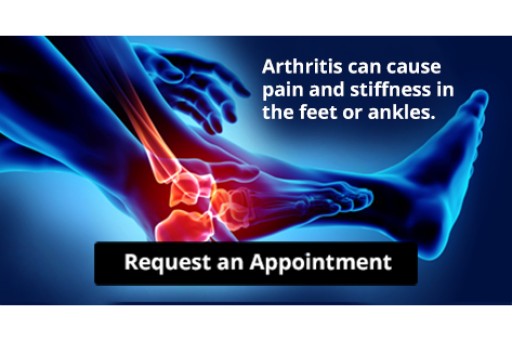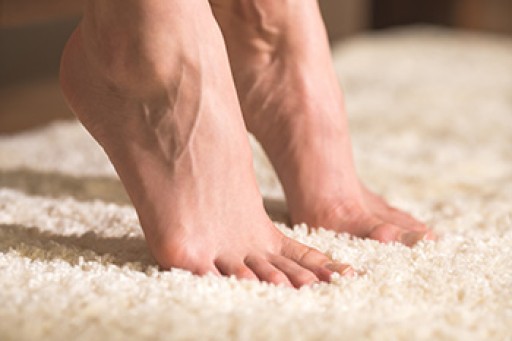
In the realm of overall health, the often overlooked foundation is our feet. Foot hygiene, a seemingly simple aspect of self-care, plays a critical role in promoting well-being. Our feet, subjected to daily wear and tear, are susceptible to various issues that can impact mobility and comfort. Regular cleansing, including washing and drying thoroughly, prevents the accumulation of bacteria and fungi, reducing the risk of infections such as athlete's foot. Proper nail care, which consists of trimming the nails straight across, aids in preventing ingrown toenails and related complications. Choosing breathable footwear and allowing shoes to air out between wears contributes to a healthier environment for the feet, reducing chances of infection. Regular inspection of the feet for any abnormalities, such as cuts, blisters, or calluses, allows for timely intervention. By prioritizing foot hygiene, we not only prevent discomfort and potential health issues, but also lay the foundation for an active and mobile lifestyle. If you are having problems with your feet, it is suggested that you consult a podiatrist.
Everyday foot care is very important to prevent infection and other foot ailments. If you need your feet checked, contact Alex Kim, DPM from AVID Foot & Ankle Center. Our doctor can provide the care you need to keep you pain-free and on your feet.
Everyday Foot Care
Often, people take care of their bodies, face and hair more so than they do for their feet. But the feet are a very important aspect of our bodies, and one that we should pay more attention to. Without our feet, we would not be able to perform most daily tasks.
It is best to check your feet regularly to make sure there are no new bruises or cuts that you may not have noticed before. For dry feet, moisturizer can easily be a remedy and can be applied as often as necessary to the affected areas. Wearing shoes that fit well can also help you maintain good foot health, as well as making it easier to walk and do daily activities without the stress or pain of ill-fitting shoes, high heels, or even flip flops. Wearing clean socks with closed shoes is important to ensure that sweat and bacteria do not accumulate within the shoe. Clean socks help to prevent Athlete’s foot, fungi problems, bad odors, and can absorb sweat.
If you have any questions please feel free to contact our office located in Little Elm, TX . We offer the newest diagnostic and treatment technologies for all your foot and ankle needs.
